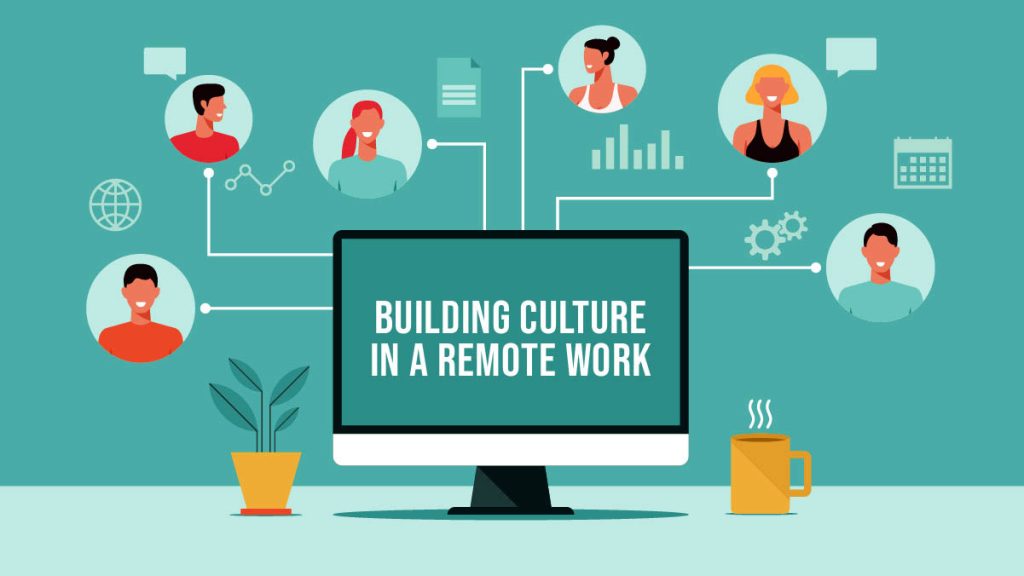The remote work culture, once considered a temporary adjustment during the COVID-19 pandemic, has now become one of the most debated workplace trends of the decade. Companies across India and the world are still asking the big question: Will remote work become a permanent feature of the economy, or will it slowly fade away as offices reopen?
For employees, remote work brought flexibility, reduced commuting time, and a better work-life balance. For businesses, it saved infrastructure costs but created challenges in collaboration, productivity, and culture-building.
This article dives into the Indian economy, global trade patterns, business news, and workplace trends to analyze the future of remote work.

The Rise of Remote Work: Background & Stats
-
Global Numbers: According to Gartner, 48% of employees worldwide worked remotely at least part of the time in 2021.
-
India’s Case: NASSCOM reported that during 2020–21, over 90% of IT employees worked remotely, making India the world’s largest remote workforce hub.
-
Stock Market Impact: The tech sector boomed, with IT companies reporting record profits due to savings on real estate and operational costs.

India’s IT exports grew by 17% in FY2021-22, despite most employees working from home.
Government Policy Impact
The Indian government has played an important role in shaping the remote work ecosystem:
-
Digital India Mission: Boosted internet access in rural areas, enabling employees to work from their hometowns.
-
Work from Home (WFH) Rules in SEZs: Extended till 2025, benefiting IT & BPO companies.
-
Labor Code 2020: Focused on flexible working hours and employee welfare.
-
Atmanirbhar Bharat: Encouraged Indian startups to adopt digital-first models, many operating fully remotely.
This shows that policy and regulation are tilting in favor of hybrid and remote models.
Indian Industries’ Role in Remote Work

1. IT & Tech Sector
-
Leading the way, with Infosys, TCS, and Wipro adopting hybrid models.
-
Startups like Zoho and Freshworks embraced permanent remote/hybrid setups.
2. MSMEs & Small Businesses
-
Many small firms adopted digital tools like WhatsApp, Zoom, and Google Workspace.
-
Example: A small textile exporter in Surat managing global orders via remote platforms.
3. Other Sectors
-
Manufacturing, retail, and healthcare still require physical presence.
-
Remote work here is limited to support roles like HR, finance, and IT systems.
International Comparison
-
United States: Hybrid is the norm. Companies like Google and Microsoft mandate 3 days in office, 2 days remote.
-
Europe: Strong pro-remote policies. France and Germany passed labor laws supporting flexible work.
-
China: Majority returned to office; cultural and productivity concerns limited remote adoption.
Compared to these, India is leaning toward hybrid — especially in tech and white-collar jobs.
Future Projections & Expert Views

-
Hybrid Will Dominate: Experts predict that by 2030, 60% of white-collar jobs in India will be hybrid.
-
Rural Employment Boost: With good internet, Tier 2 & 3 cities will emerge as remote job hubs.
-
Stock Market Angle: Real estate (office spaces) may shrink, while tech and SaaS companies could see long-term growth.
-
Employee Expectations: Gen Z workforce demands flexibility, making remote work a competitive hiring advantage.
Real Stories from India
-
Riya, a software engineer from Bengaluru, moved back to her hometown in Assam. She continues to work remotely, saving rent and travel costs, while supporting her family.
-
A Delhi-based startup founder built a 20-member team completely online, reducing costs by 40% and hiring talent from smaller towns.
These stories highlight how remote work is not just survival, but an opportunity for inclusive growth.
Visual Suggestions
-
Graph: Remote vs Office workforce share in India (2020–2025).
-
Infographic: Pros & Cons of Remote Work for businesses.
-
Chart: Indian IT exports before & after remote work adoption.








